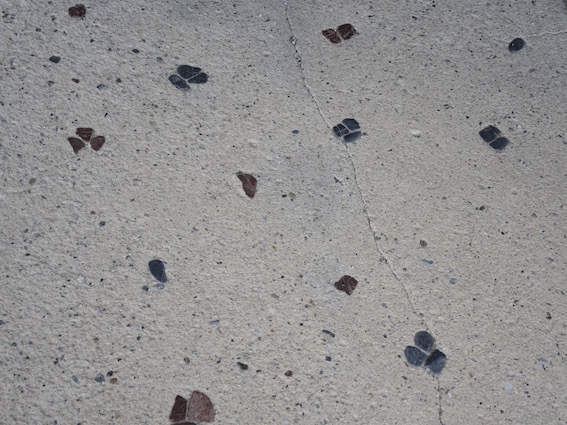SYSTEMS OF COMPOSITIONS
Additional to our theoretical superstructure, we have selected three historical, above all spatialising systems of composition, which respectively were socially, collectively or individually aligned and carried out a “Care for the Self” in different ways – in the sense of a confrontation of the subject in an encounter with its surroundings. All of them are sustainable scripts technically at the height of their time. Important in this decision is the correspondence of science, art, and life, the immediate application of theories in practice, the dislocation and interlocking of thinking spaces in images, spatial alignments and the outside.
We find equally interesting that, in all the systems named below, there are rules, taboos and structurings that follow through, which of course also means: they might also produce orders themselves. Within our absorption with orientation, care for the self, and ethics as gardening, it is not of our central interest to simply reject orders, their references and offers, but to examine when principles become sensible in a compositionally systematic way, or when they might be meaningful for a community (this can apply to interhuman communities as well as relationships in a non-human environment or between “objects”). How can orders be designed without clipping participants and without claiming an unsound tribute from them? We believe that for an unpresumptuous responsibility of the human subject it isn’t helpful to call out a principal “anti” against any form of order, but to acknowledge the importance of a fine, concise observation, analysis and acquaintance. Often, the problem is not the structure; rather, it is its abbreviation.

One, two, and three, Pattern on the floor, Shugakuin Rikyū, Kyōto, 2015